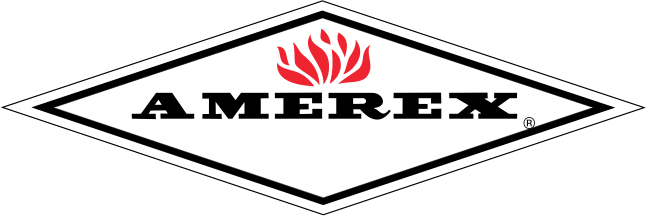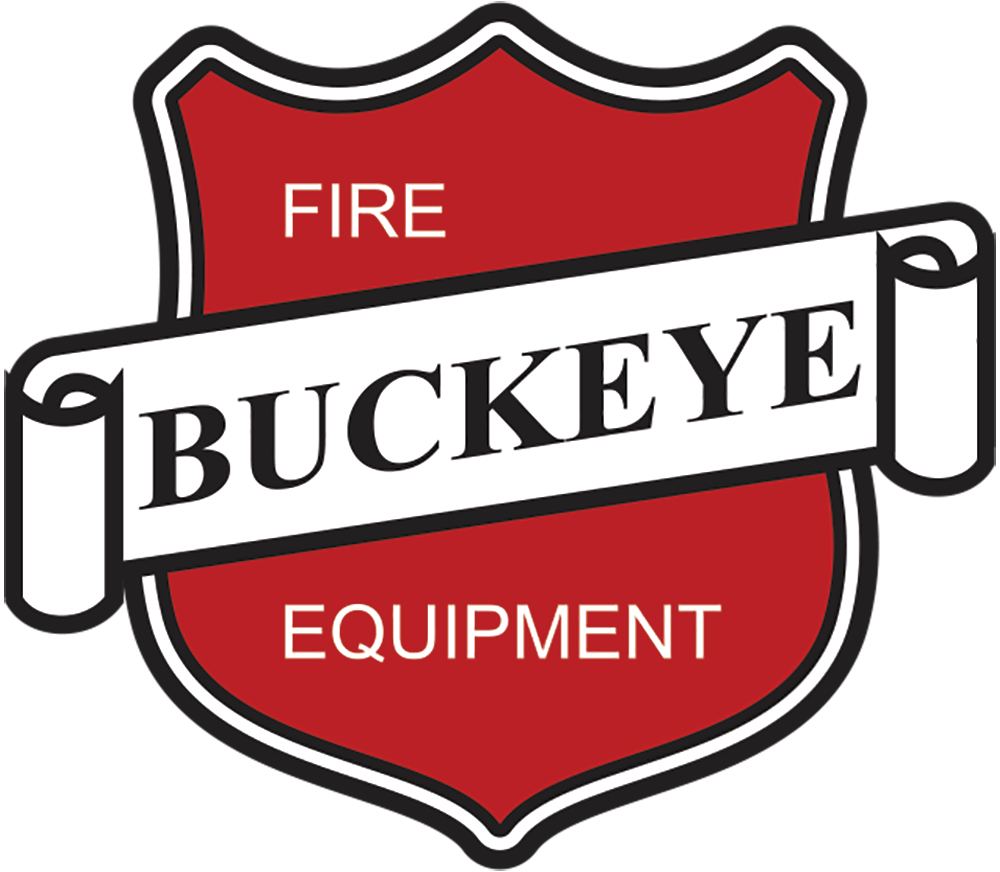Fire sprinkler systems play a crucial role in safeguarding homes and businesses against potentially devastating fires. Installing these systems is an investment in safety, offering peace of mind and protection for both lives and property. However, one factor people must consider before making this commitment is the expense. The costs associated with fire sprinkler installation can vary significantly. They are influenced by the type of system, the size of the building, and installation requirements.
What Influences Fire Sprinkler Installation Costs?
The cost of installing a fire sprinkler system is not a one-size-fits-all figure. Several elements determine the overall price, and understanding these can help homeowners or business owners plan their budgets effectively. One major consideration is the type of fire sprinkler system. Different systems, such as wet-pipe, dry-pipe, or pre-action sprinklers, have varying complexities and costs. Wet-pipe systems are typically the most common and cost-effective, whereas dry-pipe or pre-action systems tend to be more expensive due to their specialized components.
The size and layout of the building also help determine expenses. Larger buildings require more extensive networks of pipes and sprinkler heads, which can increase material and labor costs. Similarly, intricate floor plans with multiple rooms or levels may require additional engineering and design work to ensure proper coverage.
Local building codes and regulations can influence costs. Some municipalities have stringent requirements for fire protection systems that increase the complexity of the installation. The condition of the existing plumbing and water supply can also impact pricing, as older or inadequate systems may require upgrades before the sprinklers can be integrated.

Average Costs of Residential Fire Sprinkler Systems
For residential properties, the cost of installing a fire sprinkler system generally ranges between one and two dollars per square foot. This translates to an average total of 2,000 to 6,000 dollars for a 2,500-square-foot home, depending on the system’s complexity and the type of materials used. Homes with simpler layouts and newer plumbing systems can typically expect to stay within the lower end of this range.
It’s important to note that newer construction projects often have lower installation costs than retrofitting older homes. Retrofitting a sprinkler system into an existing home is more labor-intensive, as professionals must work around the current structure, potentially requiring modifications to walls, ceilings, and plumbing.
Costs for Commercial and Industrial Fire Sprinkler Systems
Commercial and industrial fire sprinkler systems are generally more expensive than residential systems due to the larger scale and stricter requirements. On average, these systems can cost between two and seven dollars per square foot, with total costs quickly reaching tens of thousands of dollars for expansive properties.
Commercial installations often require more advanced sprinkler types, such as foam-based systems for facilities handling flammable liquids or materials. Warehouses, data centers, and other specialized workplaces may need additional components such as fire pumps or water storage tanks, further increasing costs.
Labor expenses for commercial systems also tend to be higher, as industrial spaces often require teams of skilled professionals to carry out the installation. The need for custom designs, enhanced piping systems, and periodic inspections as part of fire safety compliance further adds to the overall expense.
Maintenance and Inspection Costs
Installing a fire sprinkler system is just one part of the investment; ongoing maintenance and inspections are essential to ensure the system remains in optimal working condition. Routine maintenance costs will depend on the type of system and its complexity. For instance, wet-pipe systems generally require less upkeep than dry-pipe or gas-based systems with specialized components.
Annual inspection fees can range from 100 to 300 dollars for residential systems and 500 to 1,000 dollars for commercial properties. Failure to carry out these inspections can result in fines or penalties, as most jurisdictions require regular testing of fire protection systems to maintain fire code compliance.
Unexpected repairs or replacements, such as fixing leaks, replacing damaged sprinkler heads, or upgrading system components, may also add to maintenance expenses. System owners should budget for occasional repairs to avoid unexpected costs down the road.
Are Fire Sprinkler Installations Worth the Cost?
While fire sprinkler systems represent a significant upfront expense, their value in terms of safety and property protection is immeasurable. These systems can reduce fire-related damage by up to 70 percent, potentially saving thousands of dollars in repair or rebuilding costs. More importantly, they provide the critical seconds needed to protect lives during a fire emergency, making them a worthwhile investment for any property owner.
Many insurance companies offer discounts on premiums for properties equipped with functional fire sprinkler systems. This reduction in insurance costs can offset the initial installation and maintenance expenses over time.
Tips for Reducing Costs
Although prices for fire sprinkler installations can seem daunting, there are ways to manage and potentially reduce overall costs without compromising safety. One effective strategy is to incorporate the system during the construction phase of a home or building. This approach simplifies the installation process and minimizes labor costs compared to retrofitting.
Working with licensed and experienced contractors is another method to avoid unnecessary expenses. Professionals with expertise in fire protection systems can ensure efficient installation, helping you avoid costly mistakes or delays. Seeking multiple quotes from reputable sprinkler system installers can help you find competitive pricing.
Another factor to consider is system design; opting for straightforward designs that require fewer parts or materials can save money without sacrificing effectiveness. It’s also worth checking for government incentives or programs that assist with fire safety improvements, as these can help offset installation expenses.

Know What You Need
The cost of a fire sprinkler installation depends on a variety of components, including the type of system, property size, and local regulations. While these systems require a significant upfront investment, their long-term benefits far outweigh the costs by protecting lives, minimizing property damage, and potentially reducing insurance premiums. By working with qualified professionals and factoring in future maintenance, property owners can ensure reliable fire safety for years to come. Investing in a fire sprinkler system is not just about meeting safety requirements; it’s about ensuring peace of mind for everyone in the building.
Sprinkler installation is a critical part of safety in any facility, which makes it essential to utilize the expertise of professionals. At Hendrick Fire Protection, our fire sprinkler services ensure you and your facility are safe. Contact us for more information!



